Les Bains-Douches
Caroline Mesquita

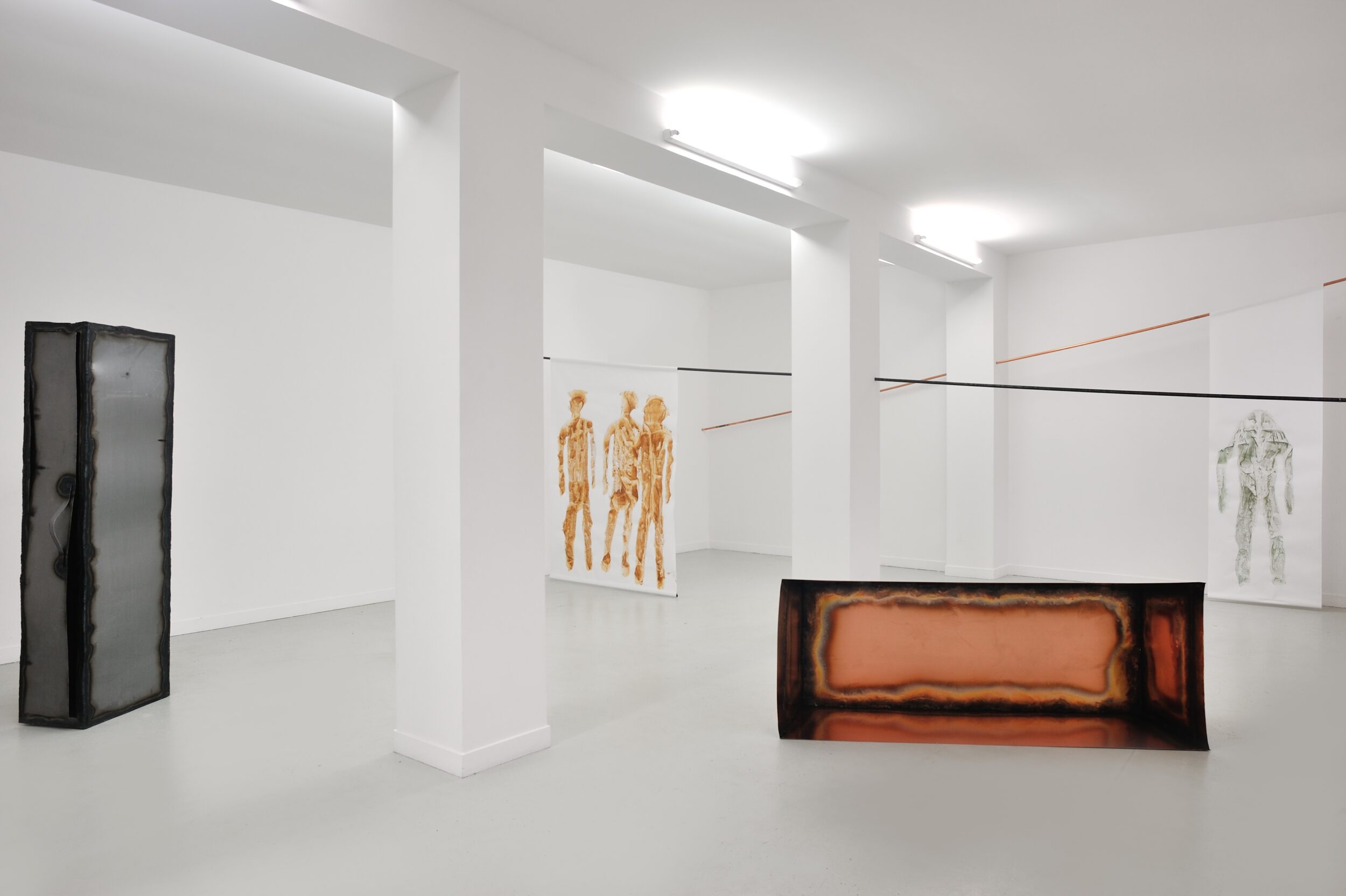
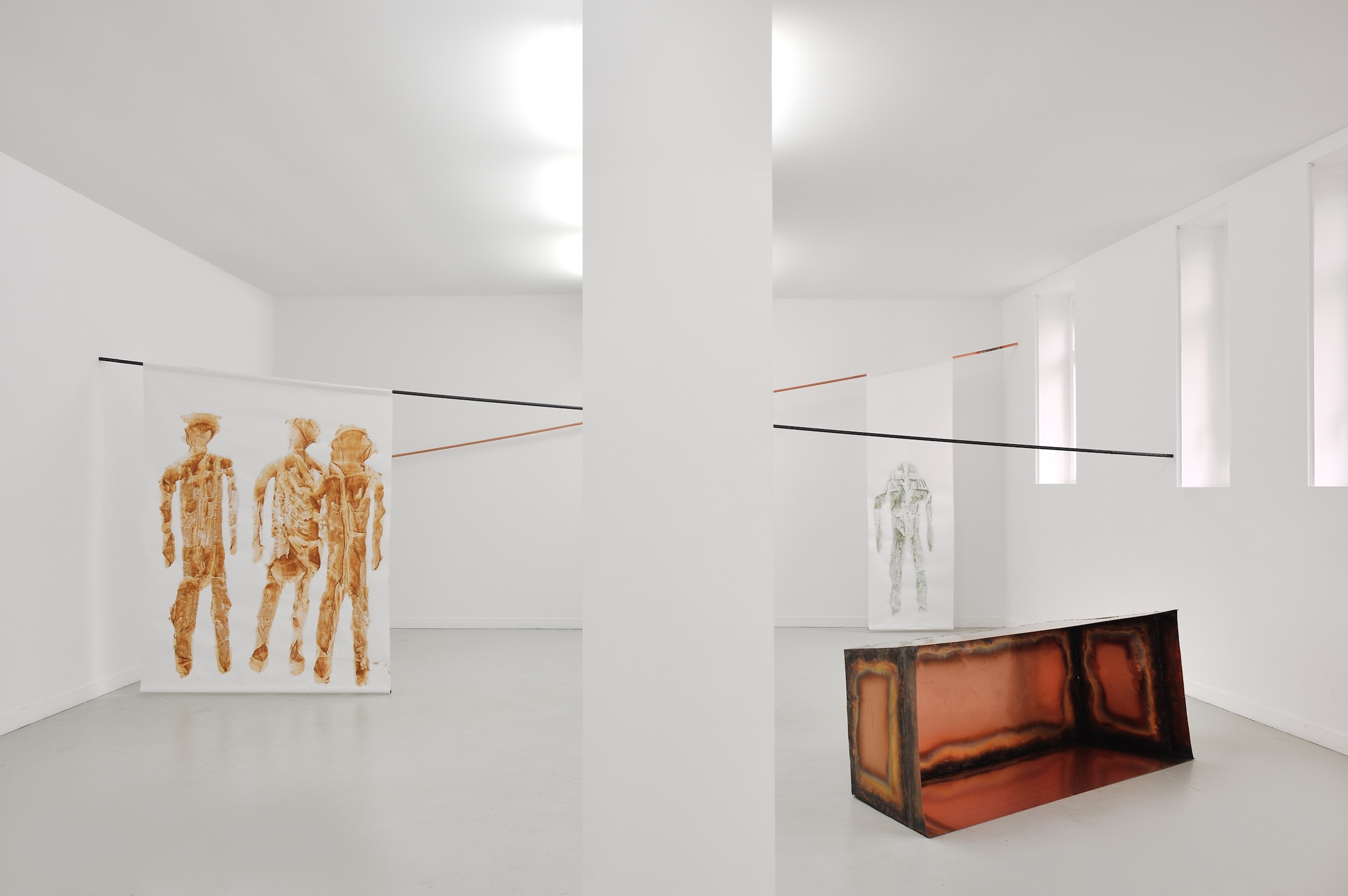




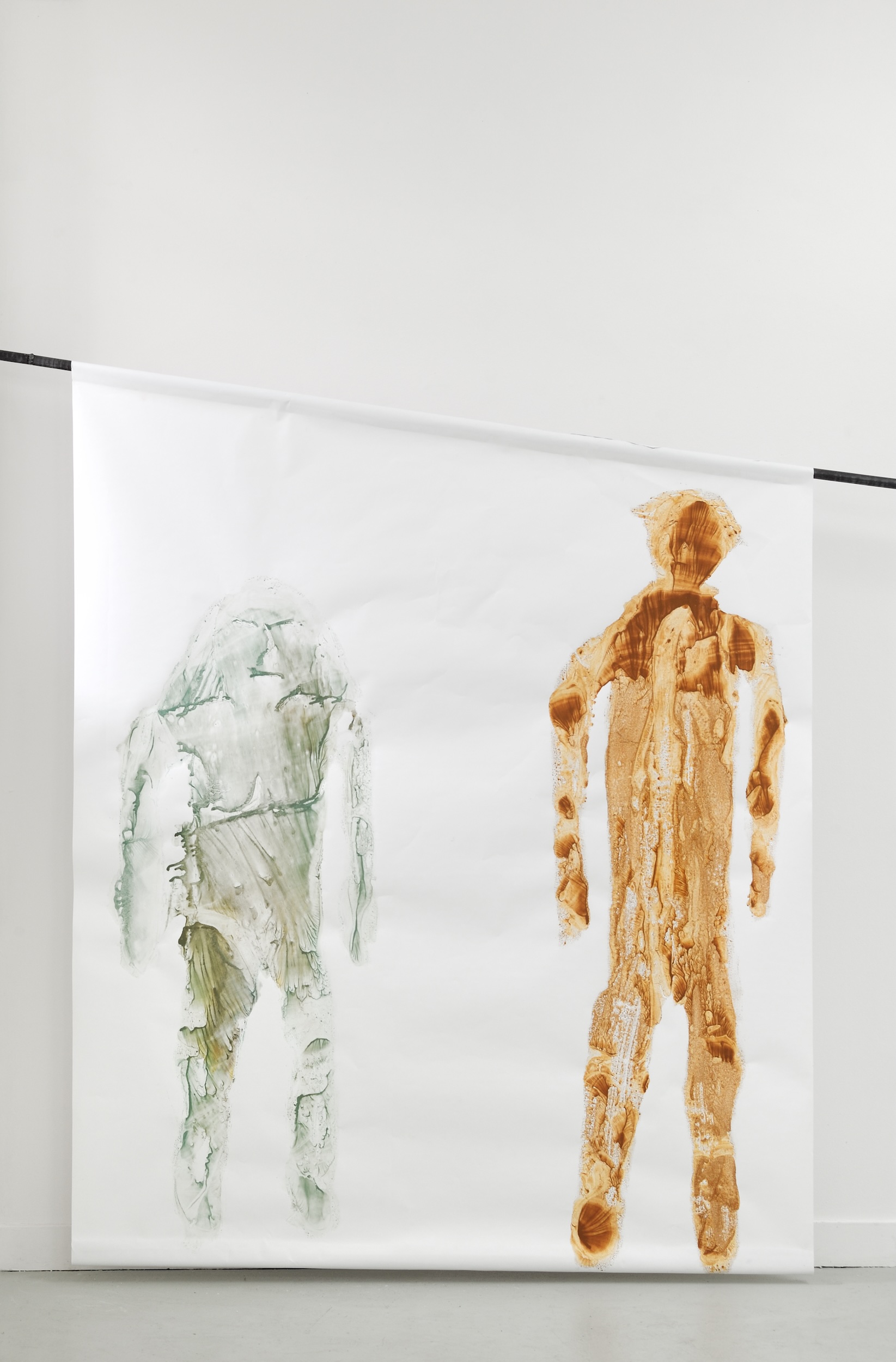
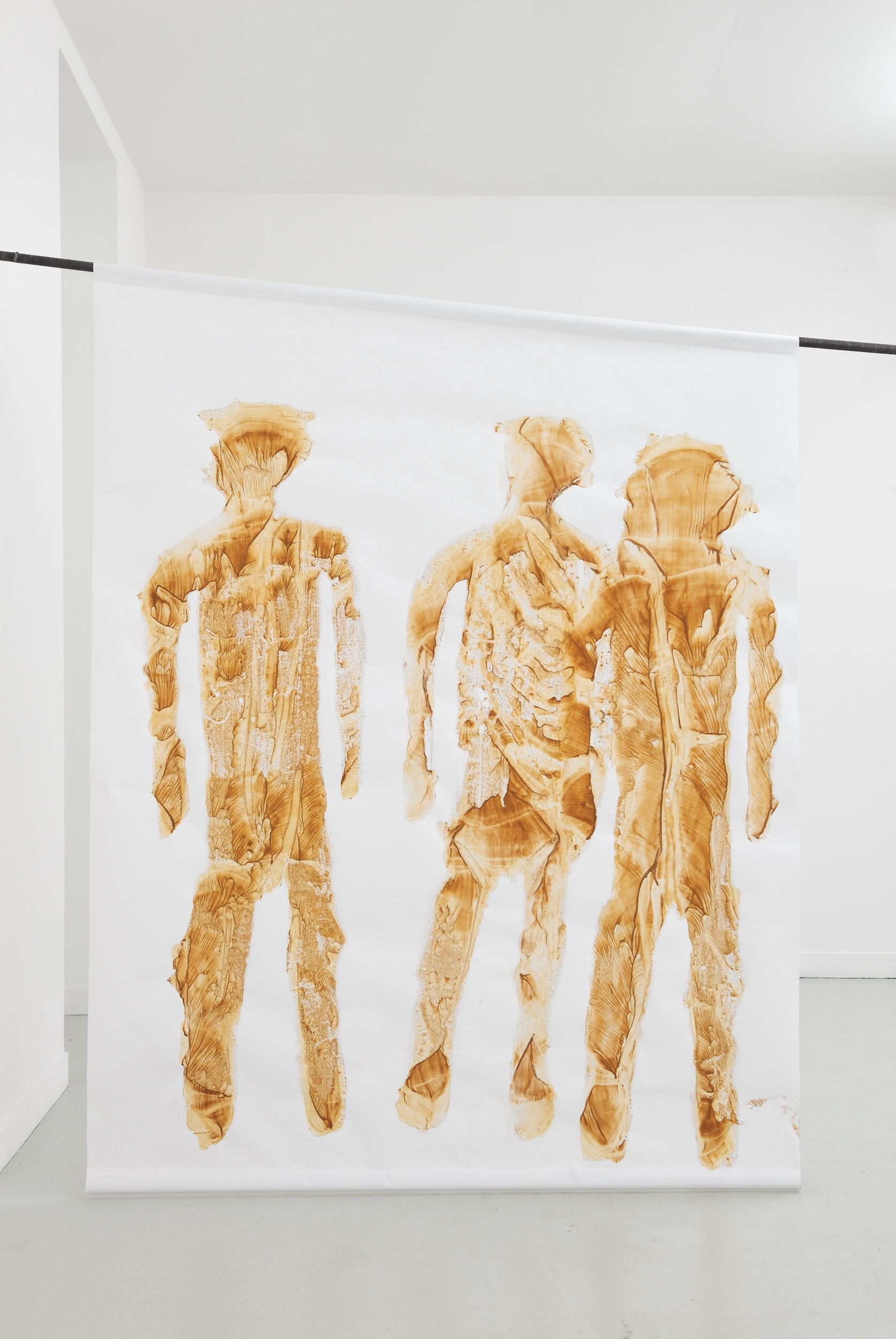
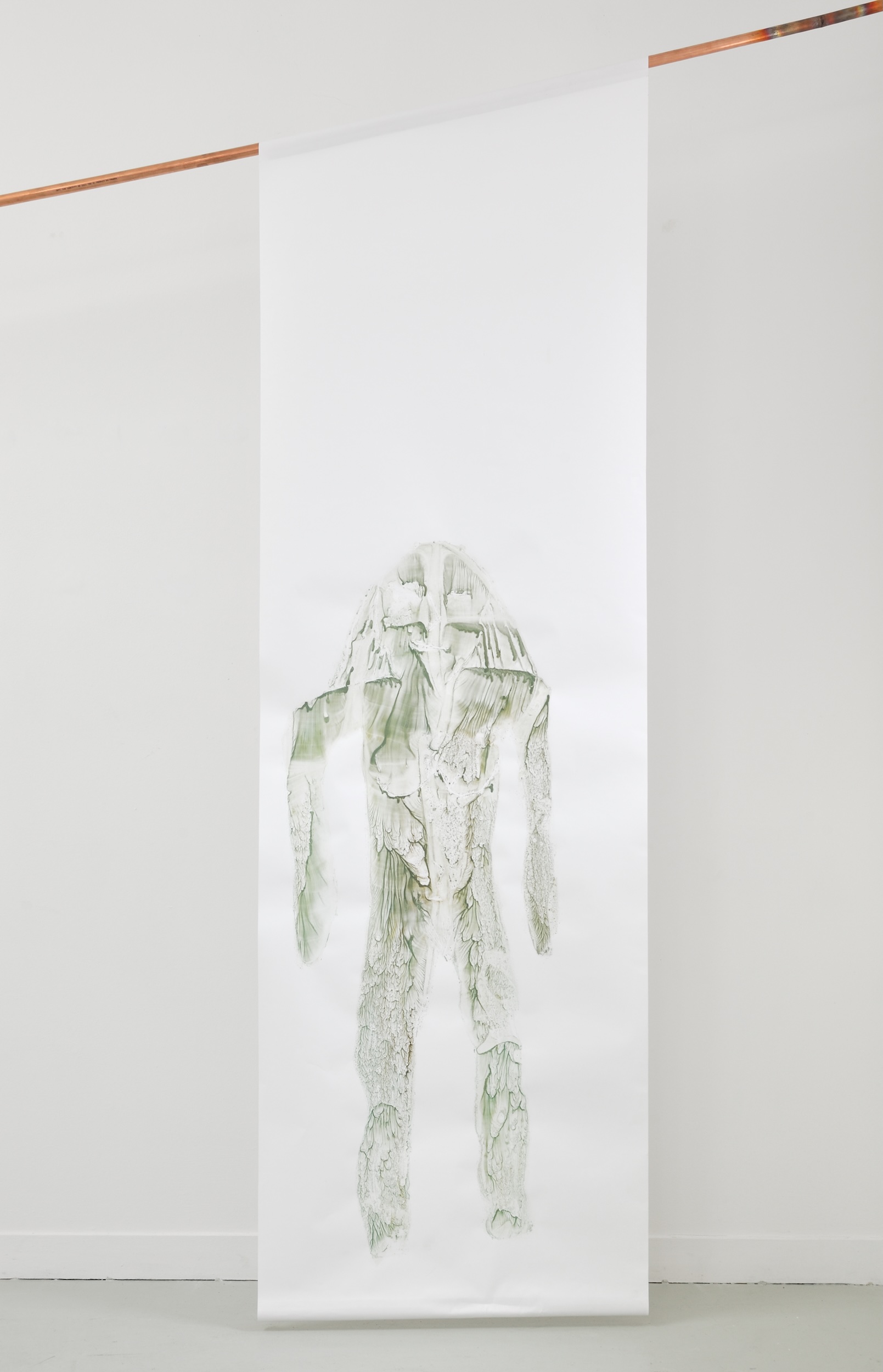
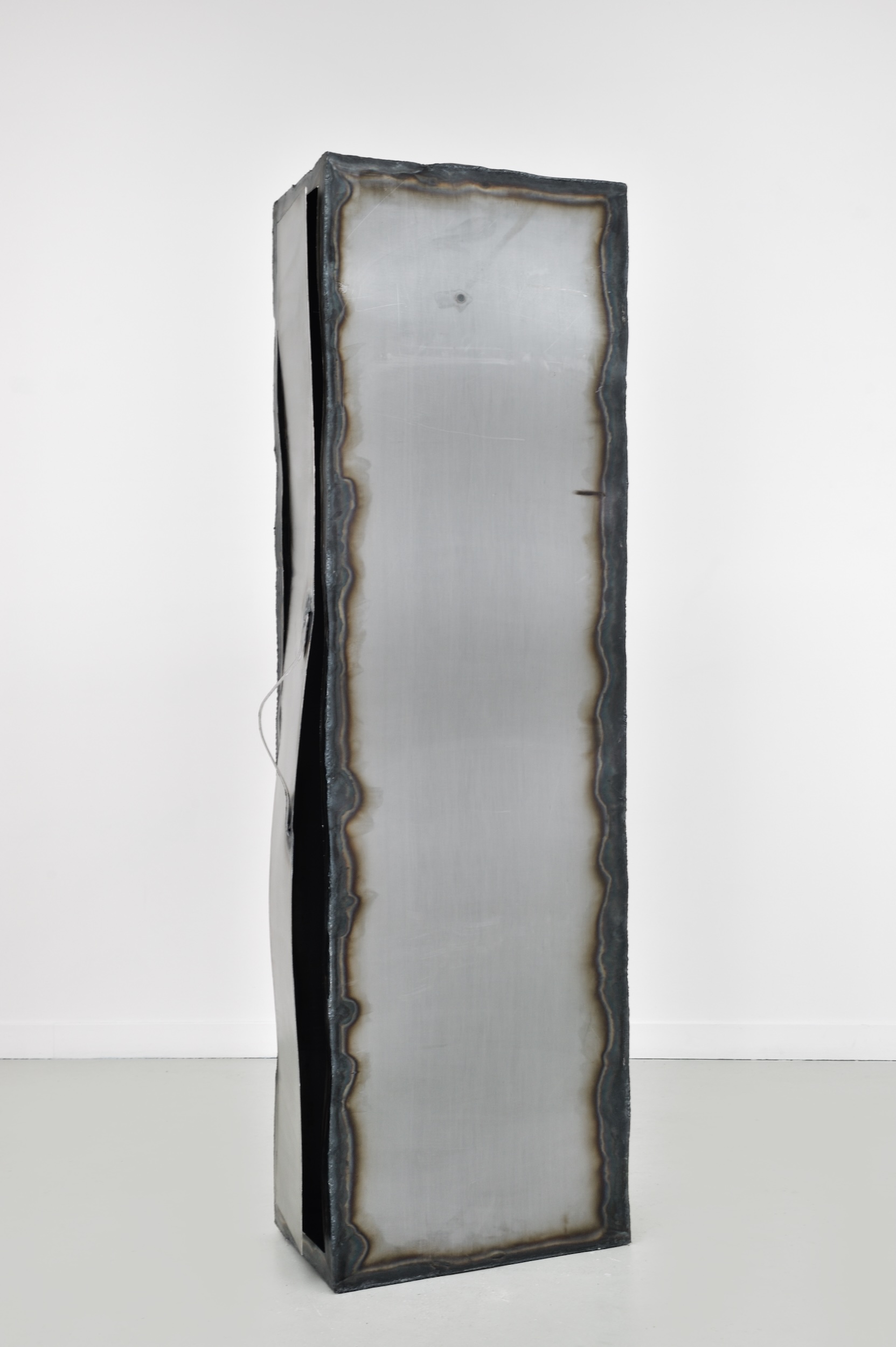
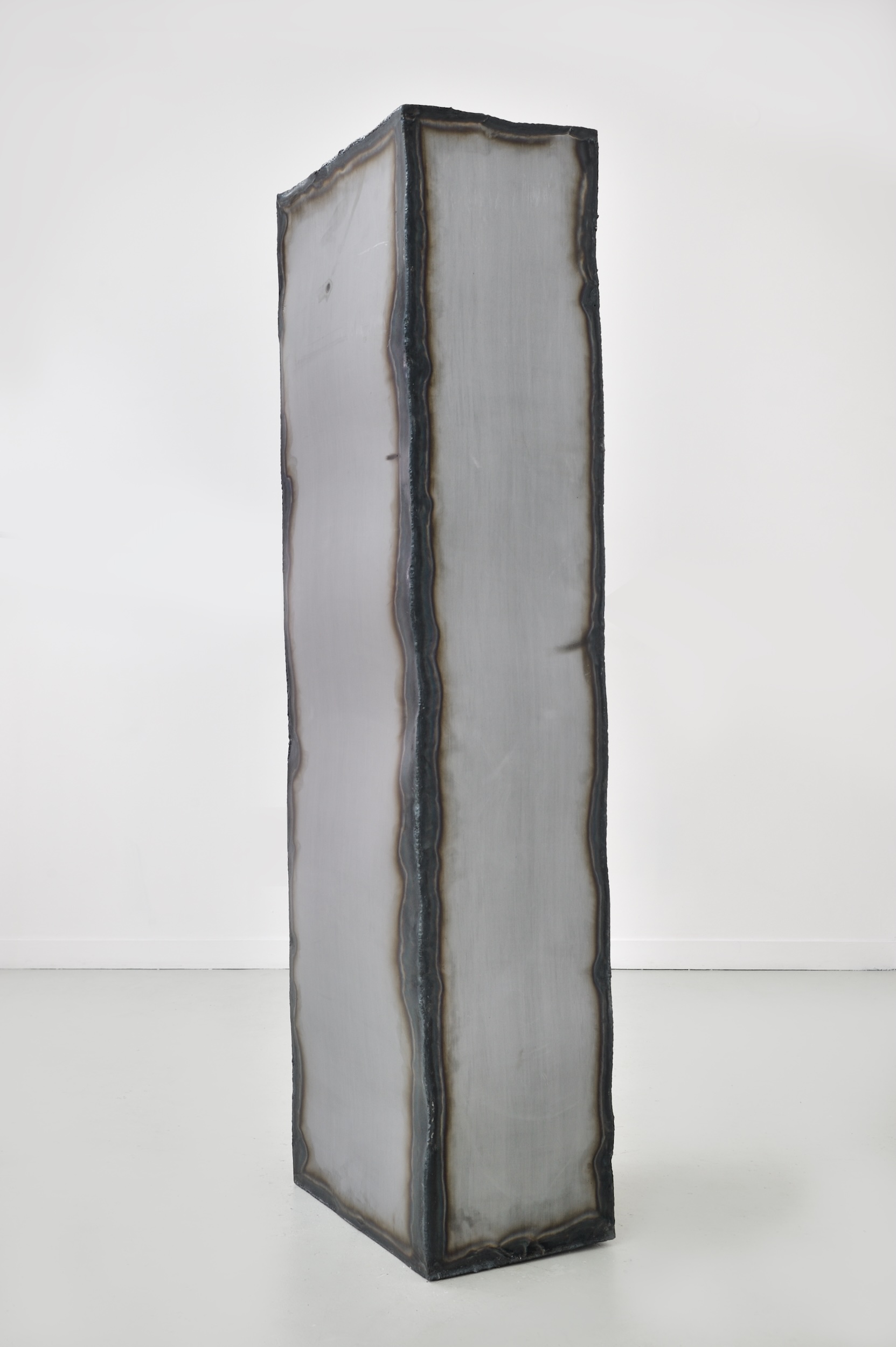
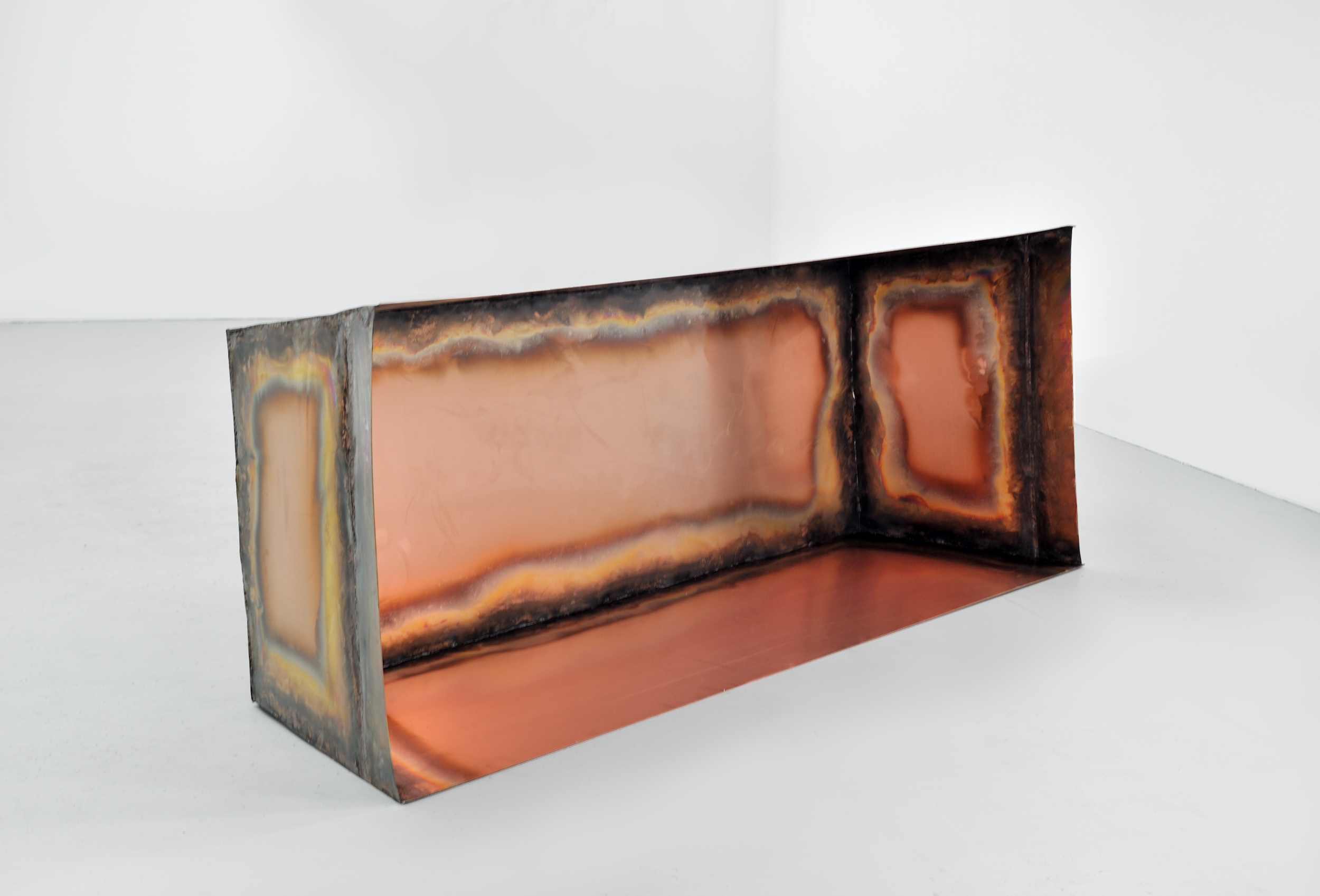
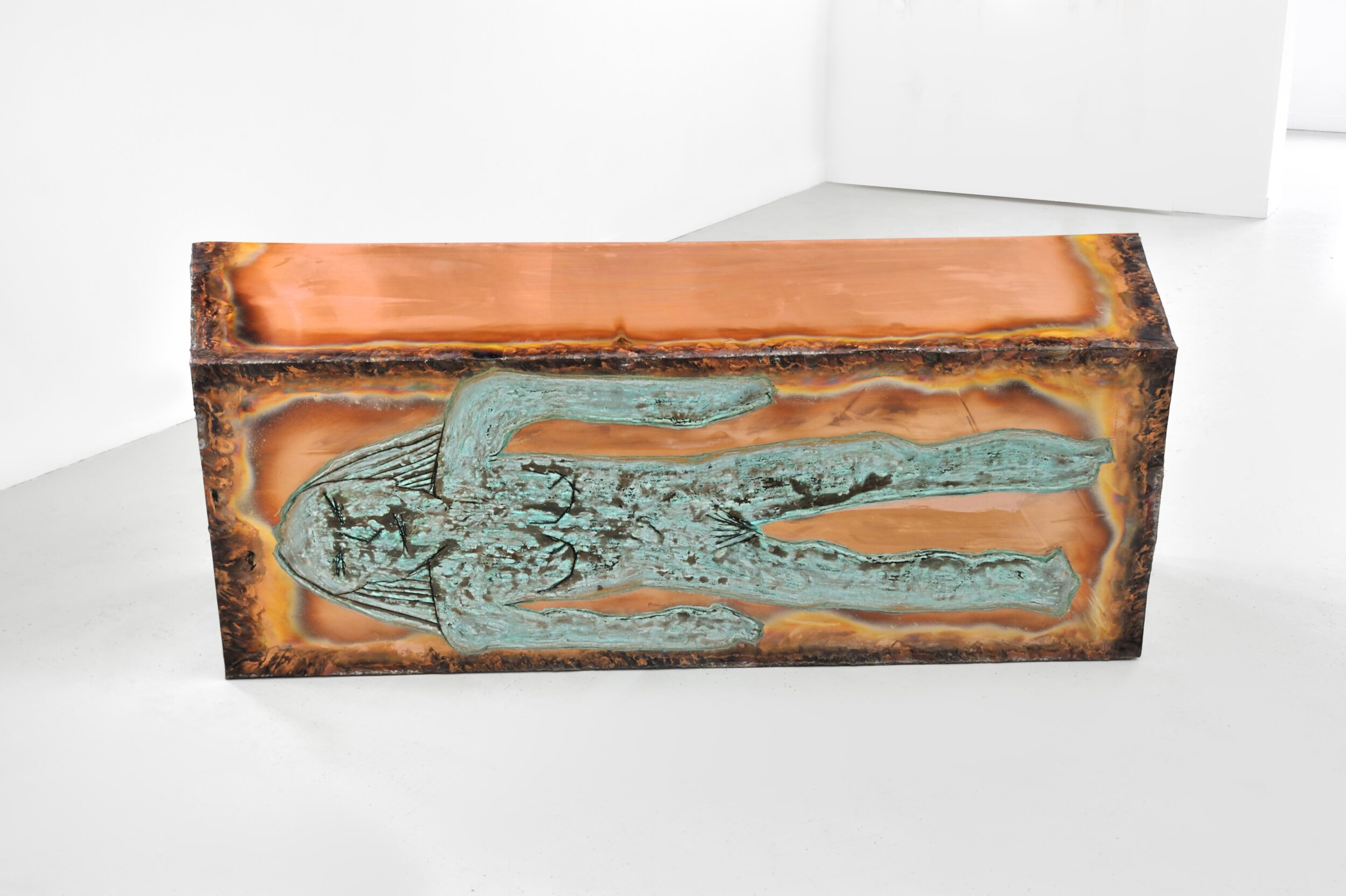
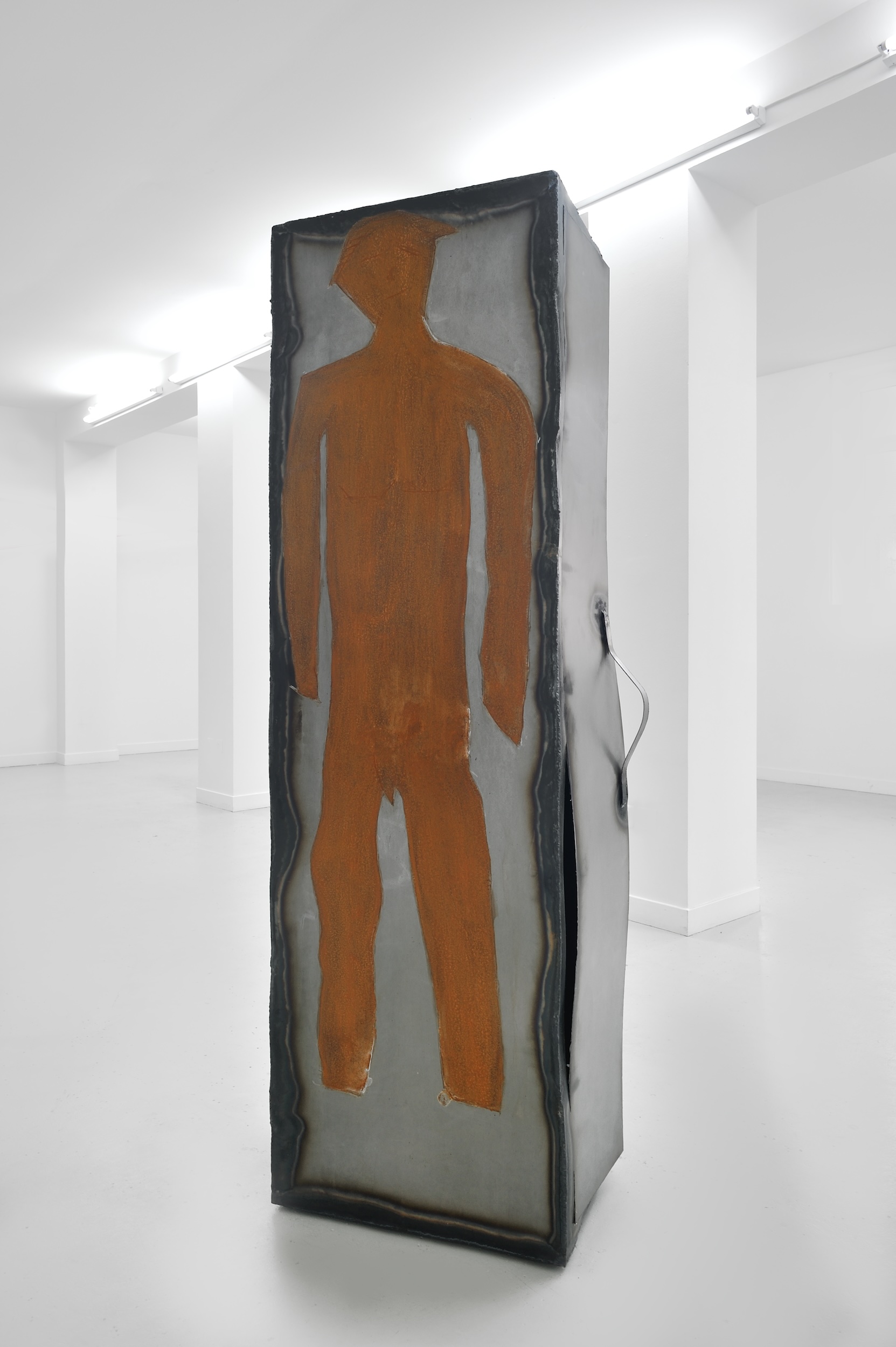
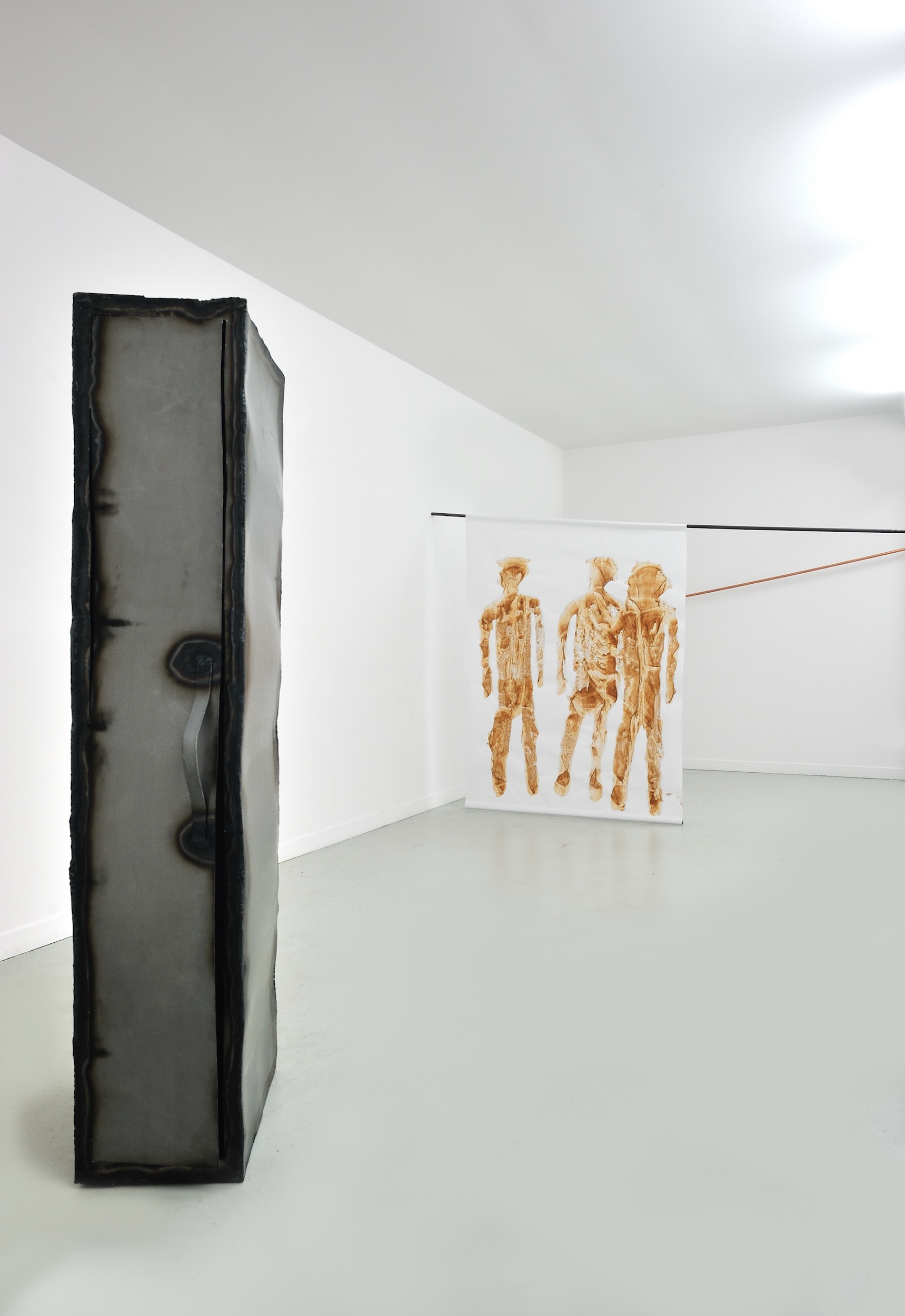
Email exchange between Caroline Mesquita and Julie Boukobza
JB:
Ok, great, I’ll be there from the 4th to the 10th of September as well. You have to tell me about this show Les Bains-Douches (which was the name of my father’s club in the 80s)!
CM:
Actually, that’s the name of the exhibition venue—the title of the show hasn’t been decided yet.
Great about the dates, see you very soon.
CM:
Julie,
I really enjoyed the symposium on Parisian nightlife, and I was glad to run into Hubert!
Guess what—the title of the exhibition I’m preparing at Les Bains-Douches in Alençon will actually be Les Bains-Douches.
The title and concept kind of arose from the misunderstanding in our email exchange.
I really like how all these connections are woven from shared origins—places that have been transformed.
Hope you’re enjoying Italy.
I spent New Year’s Eve in the bath!
xxx
JB:
Good morning Caroline,
So water might be the central theme of our conversation, because I arrived in Naples two days ago in a downpour. The light here is shimmering, the alleys slippery, intersections turn into lakes, avenues into estuaries—we wait and wait for it to stop…
So I was, in a way, born in the nightclub that has now become your exhibition space, your full-fledged exhibition.
Les Bains-Douches in Alençon, like Pompidou-Metz or the Louvre in Lens…
So what are the places and origins you’re telling about in this show?
I’m giving Dick back as you reply!
Best,
Julie
CM:
Got Dick. I’m in Brittany in the middle of a storm—my silhouette in boots and raincoat is far from what I might look like on the dance floor.
There’s a latent presence of water in my works—with those steel pipes meant to carry it, the vessels used for washing or drinking, and the garments that look like they’re hanging out to dry; yet everything is dried out.
There will be a bathtub at Les Bains-Douches, an overturned bathtub.
It’s an object I’ve repeated. It was first presented under a glass roof, like other objects meant for reclining—bedsprings, deckchairs—placed there to enjoy winter sunlight. Then the object was moved from its intended site and presented among a set of metallic elements from older pieces, reworked for a new space; it was lying down, caught in a flow, and tipped over in a curve. Lying down, it later became a musical instrument, a percussion device used to record tracks that become exhibition soundtracks.
This time, it will be made of copper, not steel. The oxidation of the material will leave marks the same color as when Les Bains-Douches was a place for bathing.
Yes, with Les Bains-Douches it’s all about the body—the one we dance with.
Do you like to dance?
All the best,
Caroline
JB:
For the past three days, Caroline, the region has somewhat dried out. I’ve seen its true colors. I’m now in Sorrento and today I visited Pompeii—its baths in particular, its mysterious villa, its brothel, its ovens, and all those things we can’t quite visit…
The main draw of Les Bains-Douches when I was a kid was its small underground pool. We called the regulars “bathers.”
That pool was special—probably dirty. Some people would swim in it, but not many…
My father also managed a boat named La Piscine Deligny.
Swimming has often saved me from myself. I never travel without researching nearby bodies of water.
Dancing—every day or almost. Alone, in groups, in pairs, while walking.
Swimming, dancing—same battle!
Lately, I’ve also been thinking a lot about objects we sit on in exhibition spaces. Lying down to enjoy the winter light is a sweet dream.
What soundtracks are you referring to here? What music for which dance?
A friend once gave me a completely waterproof music player…
See you soon
CM:
I was a baby triton—my mother took me to the pool just months after I was born. We’d listen to classical music underwater.
For a long time, I saw myself as a mermaid, but singing isn’t really my thing—I prefer instruments.
I started music early with the clarinet, which I played for years. Then I picked up the bombarde, a loud traditional Breton instrument. I even led a bagad when I was 16—a musical ensemble with bombardes, bagpipes, and snare drums. Later I played drums.
I stopped everything when I entered art school. But it’s come back recently. I’ve made flutes from the same tubes I use in my recent sculptures. I improvise music in the spaces where they’re shown.
I also built a percussion instrument using metal containers from earlier works, all different sizes. The recorded pieces become exhibition soundtracks.
A while back, I got interested in objects that can still serve a function in exhibitions—like a seat, a lamp, or a coat rack.
For seating, I started by placing two deckchairs under a glass roof to enjoy the winter light. Then I laid pedestals and walls on their sides so they could be sat on, merging spaces in a single gesture. I made a bench used in shows to sit and view other artists’ works.
I’ve also designed chairs, armchairs, and stools that are hard to identify and not functional.
But what I like most is sitting on the ground outside and lying down. I also really like driving. Do you enjoy taking the train?
JB:
I left Sorrento yesterday, woke up this morning in my bed in Paris. We dipped our feet in the sea on January 1st as a wish for joy…
Singing is my thing. Maybe we should start a band with your art instruments? Let’s call it The Sirens!
The only regret I have in life is the piano.
I’ve often spoken with artist Sarah Ortmeyer about works that recycle themselves, that become something else—maybe even “remastered” exhibitions. Pierre Huyghe’s show is a good example of that too.
There’s something appealing in a more equitable economy, in more focused gestures. I think it strangely echoes dance—you begin with a single movement and endlessly riff on it…
I moved back to Europe largely because of the train network—to get away from the anxiety of flying, but also to take the train like you’d have a coffee, to miss a train, to hear the languages change, to one day ride the night trains, for the bars in trains, the hypnotic sound of the boards announcing platforms, to travel without identity.
What are you doing today, Caroline?
Love,
J
CM:
My last memories of Italy are from Siena—specifically the catacombs of the archaeological museum. I spent two weeks there four years ago, surrounded by bones, sculptures, and ancient objects, installing an exhibition for my teacher Adalberto Mecarelli.
I’ve been spending a lot of time outdoors lately. I looked at the sea but didn’t taste it. I didn’t join the New Year’s swim—I preferred to explore an old slate quarry.
Yesterday, I filmed the final two shots for a video I’m currently working on. It features sculptures I made for a very remote farm where I’m working. The footage will be intercut with shots from around the farm—its garden, woods, and fields.
The soundtrack is recorded on-site using the sculpture-instruments.
The editing will happen at Les Bains-Douches, alongside the making of the exhibition.
I’m taking a train to Paris tonight—the Atlantic TGV, which I find very beautiful. I love those moments when you’re in motion toward a place and can either work on something else or simply daydream.
From Paris to Alençon takes about two hours by regional train, via Surdon. Surdon is a station in the middle of nowhere, surrounded by fields and distant forests. It’s a few degrees colder there than elsewhere.
There’s only a small station with a vending machine. The minutes waiting there at night, in silence, are intense. If the train didn’t come, it would feel like the beginning of an adventure.
See you soon.
JB:
Last night before falling asleep, I read a few pages from Etel Adnan’s Journey to Mount Tamalpais:
“There is an experience between travel and water. The latter is a pure experience. What kind of experience? An itinerary. I am water and I move. I need to circulate around the mountain because I am water.
The mountain must stay and I must go.”